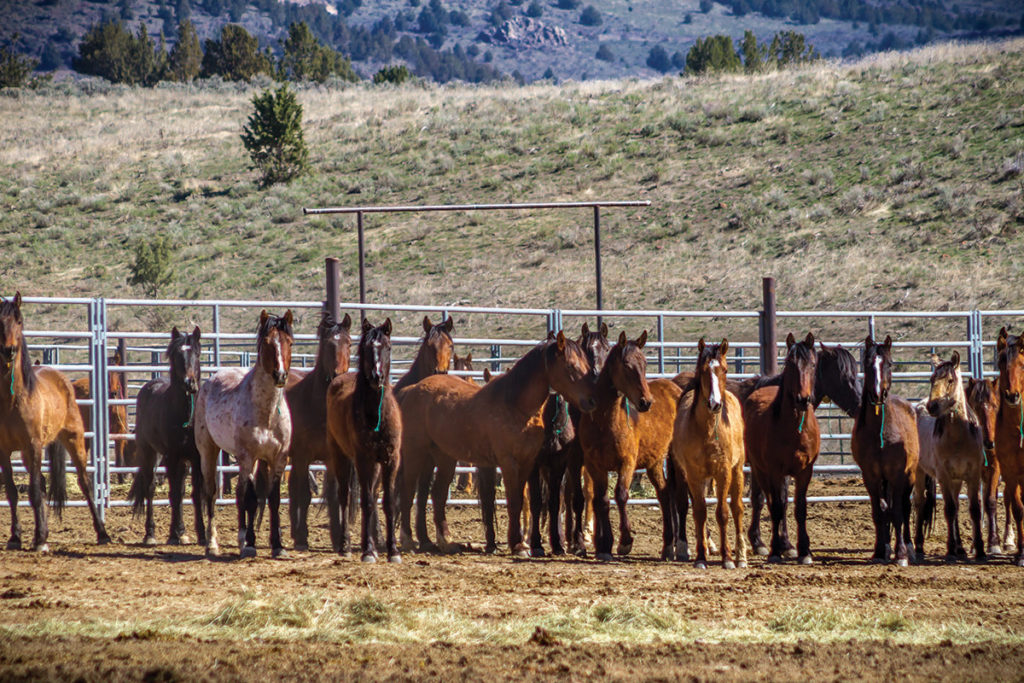On July 1, 2021, PERC policy director Hannah Downey presented public comment before the National Wild Horse and Burro Advisory Board in support of the Adoption Incentive Program.
Transcript of testimony:
Hello members of the Advisory Board. Thank you for the opportunity to share a public comment. My name is Hannah Downey and I’m the policy director at the Property and Environment Research Center (PERC)—a conservation research institute dedicated to improving environmental quality through incentive-based approaches, located in Bozeman, Montana.
I’m joining you today to discuss the Adoption Incentive Program. Recent lawsuits and petitions have questioned the impacts of the program on the wellbeing and potential slaughter of wild horses and burros. Today I would like to encourage the BLM and this board to focus on the enforcement of slaughter prevention rather than disbanding the program altogether.
As someone concerned about ecosystem management and the balance of forage and water needs with other species, there are too many horses on too little land. The reality is that for every iconic Western image of a wild horse galloping across the range, there’s another heartbreaking image of a foal with ribs jutting out, starving. We have more than three times the designated level of wild horses and burros on public rangelands, competing with at-risk species like sage grouse for water and habitat. But it’s not as simple as moving wild horses off the range—currently 50,000 horses and burros remain in off-range facilities costing taxpayers nearly $50 million per year.
The Adoption Incentive Program won’t solve everything, but it’s an important tool that can help move horses into homes, alleviate pressures on public lands, and save taxpayers significant dollars. Back in 2016, before the program was started, PERC academic researchers found that an incentive payment approach would significantly reduce environmental and economic costs of overabundant wild horse populations. In its first year, the program contributed to a 91% increase in wild horse and burro adoptions, placing animals into private care and saving taxpayers approximately $24,000 in lifetime off-range holding costs per animal.
I understand that much of the current controversy over the program surrounds a study that found that 18 animals adopted through this program ended up at slaughter auctions. I share concerns about ensuring adopted animals are well cared for. Adopters, however, do sign an agreement pledging to not sell the animal for slaughter. My concern, then, is with the enforcement of that contract rather than the program as a whole.
I know people who have adopted wild horses through this program and have used the incentive payment to help provide a loving, quality home for the horses and want to see those efforts continue. So I’d like to encourage the BLM and the Wild Horse and Burro Program to focus their efforts on assuring and enhancing the integrity of the Adoption Incentive Payment program through enforcement, rather than heeding calls to dismantle the program as a whole.
Thanks for the work you’re doing to listen to the many stakeholders, and thank you for the opportunity to share my thoughts.




